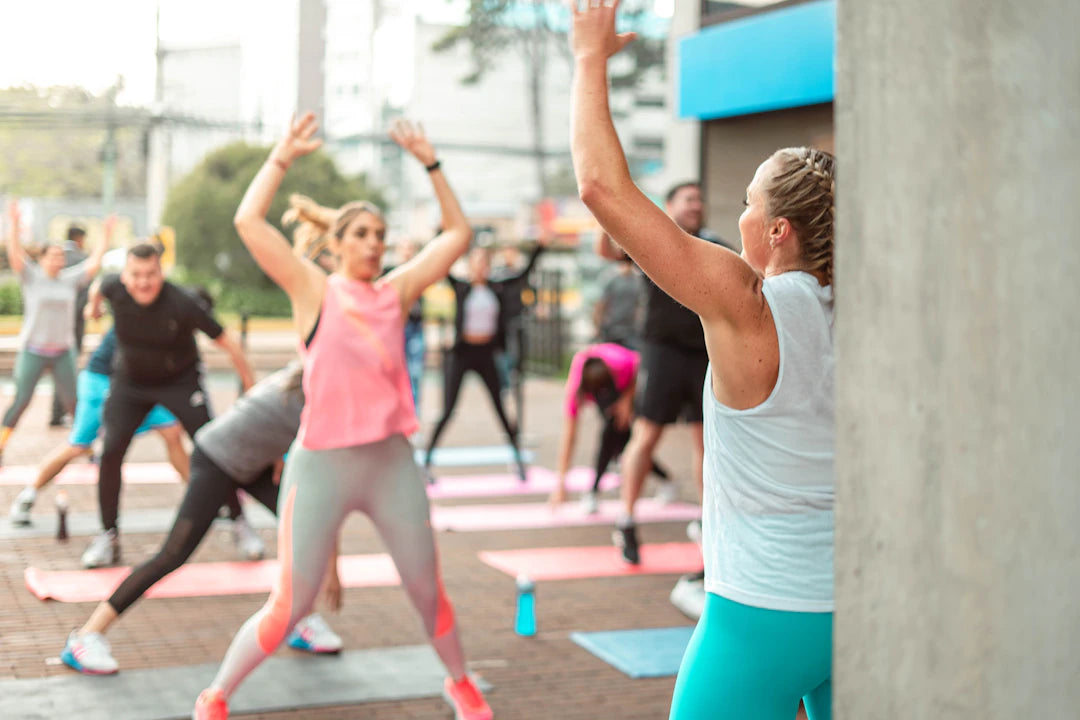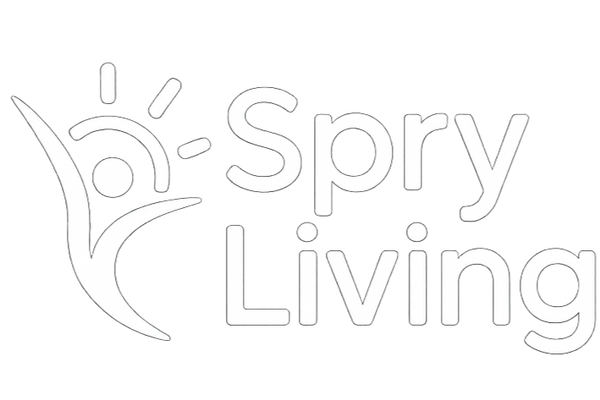
Discover Low Impact Workouts: A Guide for Seniors
Share
Overview
Low impact workouts are ideal for seniors, as they minimize joint strain and reduce injury risk. Benefits include improved mobility, balance, and mental health. Common challenges for seniors in fitness include joint pain and low motivation. Recommended low impact exercises include gentle yoga, walking, and water aerobics, along with strength training using resistance bands and body weight. Nutrition, rest, and social connections are essential for supporting fitness. Taking small steps can lead to a healthier and more active lifestyle.
Frequently Asked Questions
1. What are low impact workouts?
2. What are the benefits of low impact workouts for seniors?
3. What common challenges do seniors face in fitness?
4. What are some low impact workouts suitable for seniors?
5. How can nutrition support senior fitness?
As we age, staying active is more important than ever. However, many older adults face unique challenges when it comes to exercise, such as joint pain, balance issues, and motivation struggles. Low impact workouts are a fantastic way to maintain senior fitness without putting excessive strain on the body. In this guide, we will explore the benefits of low impact workouts, provide safe and gentle fitness routines, and share healthy lifestyle habits that can support your journey.
Understanding Low Impact Workouts
Low impact workouts refer to exercises that are gentle on the joints and reduce the risk of injury. They focus on movements that are easier to perform and generally cause less strain, making them ideal for seniors. With low impact workouts, you can still achieve significant health benefits, including improved flexibility, strength, and cardiovascular health.
Benefits of Low Impact Workouts for Senior Fitness
Engaging in low impact workouts offers numerous benefits for older adults, such as:
- Reduced risk of injury: As low impact exercises place less stress on your joints and muscles, the chances of strains, sprains, or overuse injuries decrease.
- Enhanced mobility: Regular participation in gentle workouts helps improve flexibility and overall mobility, making daily tasks easier.
- Better balance: Strengthening core and leg muscles through low impact activities can enhance your balance, which decreases the risk of falls.
- Improved mental health: Exercise releases endorphins, which can boost your mood and reduce feelings of stress and anxiety.
- Social interaction: Participating in community fitness classes can provide a sense of belonging and help you meet new people.
Common Challenges Seniors Face in Fitness
It is essential to understand some of the barriers that can hinder older adults from engaging in a regular fitness routine:
- Joint Pain: Many seniors experience discomfort in their joints due to arthritis or past injuries, making conventional workouts challenging.
- Balance Issues: As we age, maintaining balance can become difficult, leading to a fear of falling that may deter exercise.
- Low Motivation: A lack of confidence in one’s abilities or that nagging “what if” mindset can make it challenging to start or stick with a routine.
- Time Constraints: Busy schedules and responsibilities may leave little time for self-care.
Safe and Gentle Fitness Routines
The key to maintaining senior fitness is finding activities that feel comfortable and enjoyable. Below are some safe, low impact workouts to consider:
Gentle Yoga
Yoga is known for its ability to increase flexibility and strengthen muscles while promoting relaxation. Focus on gentle forms like restorative or chair yoga.
- Cat-Cow Stretch: This gentle stretching movement can improve spinal flexibility.
- Seated Forward Bend: While seated, lean forward gently to stretch the back and hamstrings.
- Triangle Pose: This standing pose promotes balance and strengthens the legs.
Walking
Walking is an excellent low impact workout that can be easily incorporated into daily routines. Start with short walks and gradually increase your distance as you build endurance.
- Find a Buddy: Invite a friend or family member to join you for added motivation and social interaction.
- Set Goals: Establish simple, achievable goals like walking for 10-15 minutes after meals.
- Track Your Progress: Keep a log of your walks to maintain enthusiasm and celebrate your achievements.
Water Aerobics
Exercising in water is a great way to get a full-body workout without stressing your joints. Many local community centers offer water aerobics classes tailored for seniors.
- Arm Circles: Stand in the water and stretch your arms out to the side; make circles to create resistance.
- Leg Lifts: While holding onto the edge of the pool, lift your legs behind you for a gentle workout.
- Deep Water Jogging: Jogging in place in deep water can elevate your heart rate safely.
Incorporating Strength Training
Building strength is essential for senior fitness. Low impact strength training can enhance muscle mass, which naturally decreases with age. Here are some gentle exercises you can try:
Resistance Bands
Resistance bands are portable and easy to use for strength training. They provide resistance without heavy weights. Consider these safe moves:
- Bicep Curls: Stand on the band with both feet and hold the ends in each hand; curl your arms upward.
- Chest Presses: Secure the band behind you and press your arms forward.
- Seated Rows: Sit on a chair with the band underfoot; pull the ends toward your body as if rowing a boat.
Body Weight Exercises
Even without weights, there are plenty of exercises you can perform using your body weight:
- Wall Push-Ups: Stand a little away from a wall, place hands on the wall, and perform push-ups.
- Chair Squats: Stand in front of a sturdy chair, lower your body as if about to sit down, then stand back up.
- Step-Ups: Use a low step and practice stepping up and down to improve strength and stability.
Healthy Lifestyle Habits to Support Fitness
In addition to regular exercise, adopting healthy lifestyle habits can further enhance your senior fitness journey:
Nutrition
Fueling your body with proper nutrition is vital for energy and overall health. Here are a few tips:
- Focus on Whole Foods: Incorporate fruits, vegetables, whole grains, lean proteins, and healthy fats into your meals.
- Stay Hydrated: Drink plenty of water throughout the day, especially before and after workouts.
- Moderation is Key: It's okay to indulge occasionally; just practice balance in your food choices.
Rest and Recovery
Letting your body recover is just as important as exercise. Ensure you are getting enough sleep and allow time for rest days between workouts. Gentle stretching on off days can enhance recovery.
Stay Connected
Maintain social connections to keep you motivated. Join exercise groups, attend community classes, or workout with friends or family. Socializing will provide encouragement and make your fitness journey much more enjoyable.
Time to Take Action!
The journey to better senior fitness starts with small, manageable steps. Embrace the opportunity to create a happier, healthier lifestyle with low impact workouts that suit your unique needs. Remember, it's never too late to dive into a new routine, and every little bit of movement counts! Using the advice and routines shared in this post, you can embark on a fulfilling journey of health and wellness that not only enhances physical fitness but also contributes to emotional well-being. So gather your enthusiasm, find what works best for you, and beginning today, let’s celebrate the wonderful world of active living. Your body will thank you!
